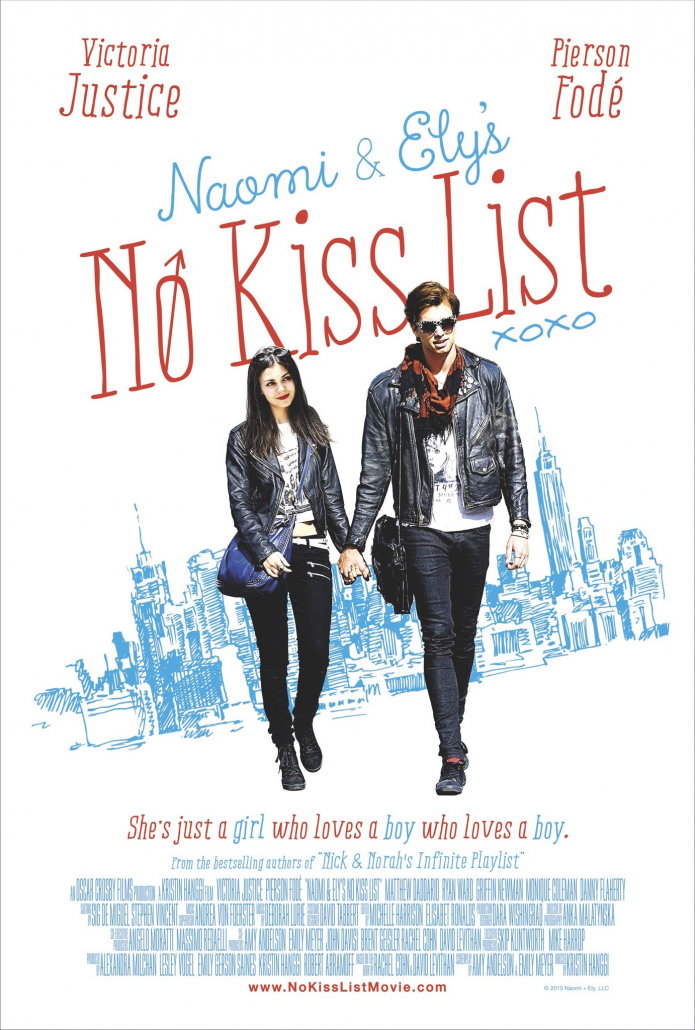LGBTQ+ representation in film has improved, but it could be better.

(Photo courtesy of IMDb)
In 1894, the first gay film was created, and it shocked its audience who lacked exposure in LGBTQ+ ideology. Then in 1933, the first explicitly lesbian movie was released in Germany, and Nazis tried to destroy the film (and failed). Gender fluidity was not as well received as it is today, and many people suffered due to the lack of open mindedness that existed in the past.
Now, the acceptance of gender fluid identities and the appearance of LGBTQ+ characters in film has greatly improved. In 2019, there were about 18.6% of characters identified as LGBTQ+ in film according to GLAAD, a record high throughout the eight years GLAAD has released these reports. LGBTQ films have been around for over 100 years, and while representation has improved, it could still be better.
Netflix has done an exceptional job at providing their viewers with LGBTQ+ films, which is to be expected from a platform praised as the overall best on-demand streaming service in 2021 by U.S. News. With Netflix having the “highest number of [LGBTQ+] regular and recurring characters on their scripted originals” out of all of the streaming services GLAAD has recorded, it is clear they stand in solidarity with the LGBTQ community.
And while Netflix films such as “The Half of It,” “I Am Not Okay With This” and even “Stranger Things” have captured some of the reality of those who identify in the LGBTQ+ community, there are some films that are not up to par.
The streaming giant has failed to capture LGBTQ+ members correctly in films such as “The Kissing Booth,” “Naomi and Ely’s No Kiss List” and shows like “Insatiable.” Shows and films like these have used harmful stereotypes to portray LGBTQ+ characters or even pitted them as the antagonist in the plot. Some have even accused Netflix of using gay characters in their shows for the diversity count alone.
We need to remember that content matters just as much as representation. As a straight person viewing these films, I think some of them make LGBTQ+ people look bad. There are stereotypes like the gay best friend or the overly flamboyant gay that just do not correctly portray the community. This causes those with limited knowledge of the LGBTQ+ community to have expectations of what LGBTQ people should look and act like.
Malia Prado, a rising sophomore at San Diego State University who identifies as a lesbian said when she dresses “scrubby” or in loose and worn down clothing, a lot of people would reinforce that she was in fact lesbian through her outfit, but when she wore dresses, people would imply she was not supposed to wear them simply because she was lesbian. This harmful portrayal of the LGBTQ+ community in film is what prevents a lot of gays and lesbians from acting and appearing how they want to, according to Prado.
Not every lesbian is required to dress a certain way. Not every gay man is required to act a certain way.
The lack of racial diversity among LGBTQ+ characters overall fails to recognize that there are other ethnicities that need just as much representation as the white gay men that have mainly been cast in films. According to NBC News, “just 34 percent of [LGBTQ+] characters were people of color in 2019.”
There are streaming services like Disney+ who have not provided the same amount of representation and care whatsoever. Ranked third by U.S. News for on-demand streaming services, they have a great deal of influence on their audiences, but they have yet to release a film with explicitly LGBTQ+ characters.
This stands in contrast with Disney’s new Pride collection, the Rainbow Disney collection which indicates that the brand supports the LGBTQ+ community during Pride month. LGBTQ Nation said the company was pink-washing, meaning that Disney was “[pro-LGBTQ+] or using [pro-LGBTQ+] marketing while not consistently standing with the [LGBTQ+] people when it isn’t financially lucrative.”
Instead of thinking about profit, streaming services should genuinely start caring about people’s identities and empathize with minority groups, not just in terms of gender but also in considering other backgrounds.
Although Disney outwardly seems to be LGBTQ+ supporters, it seems like they are always on the edge of really being an ally. According to Forbes, “Disney has pioneered their ‘first’ gay character at least [seven] times.” How many more times do they have to hint at a character being gay before they actually commit to providing the proper representation necessary for the LGBTQ+ community?
With these flaws in the film industry in mind, future film producers should provide the representation that the LGBTQ+ community needs and normalize gender issues without the use of harmful stereotypes. We, as a collective community, should try to fully understand the implications behind what it means to be a member of the LGBTQ+ community and show the respect that each individual deserves.

